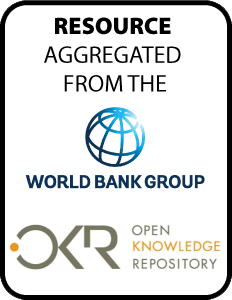Resource information
A Benefit-Cost Analysis (BCA) was
undertaken to assess the returns to land management
practices of major land use types, namely forests,
rangelands, and selected crops (rice, maize, cotton, and
millet). Also the public expenditure on SLM was reviewed
and an assessment carried out how the expenditure is aligned
to land policies and how it is targeted to land degradation
hotspots. The results show that, without some form of
incentives for communities around forests in Sikasso,
farmers will continue to clear the forest and plant maize.
This underscores the importance of providing payments for
ecosystem services for communities in the proximity of
forests in Sikasso. Rotational grazing increases the average
forage biomass by 7 percent to 20 percent. However, even
for rotation grazing, forage biomass shows a declining
trend, underscoring the severe overgrazing problem. This
suggests rotational grazing alone may not be able to fully
address the area's declining pasture quality. BCA of
crops shows that for maize, rice, and cotton, land
management practices that combine fertilizer, manure, and
crop residues are more profitable and competitive than those
which use any of the three practices alone.


